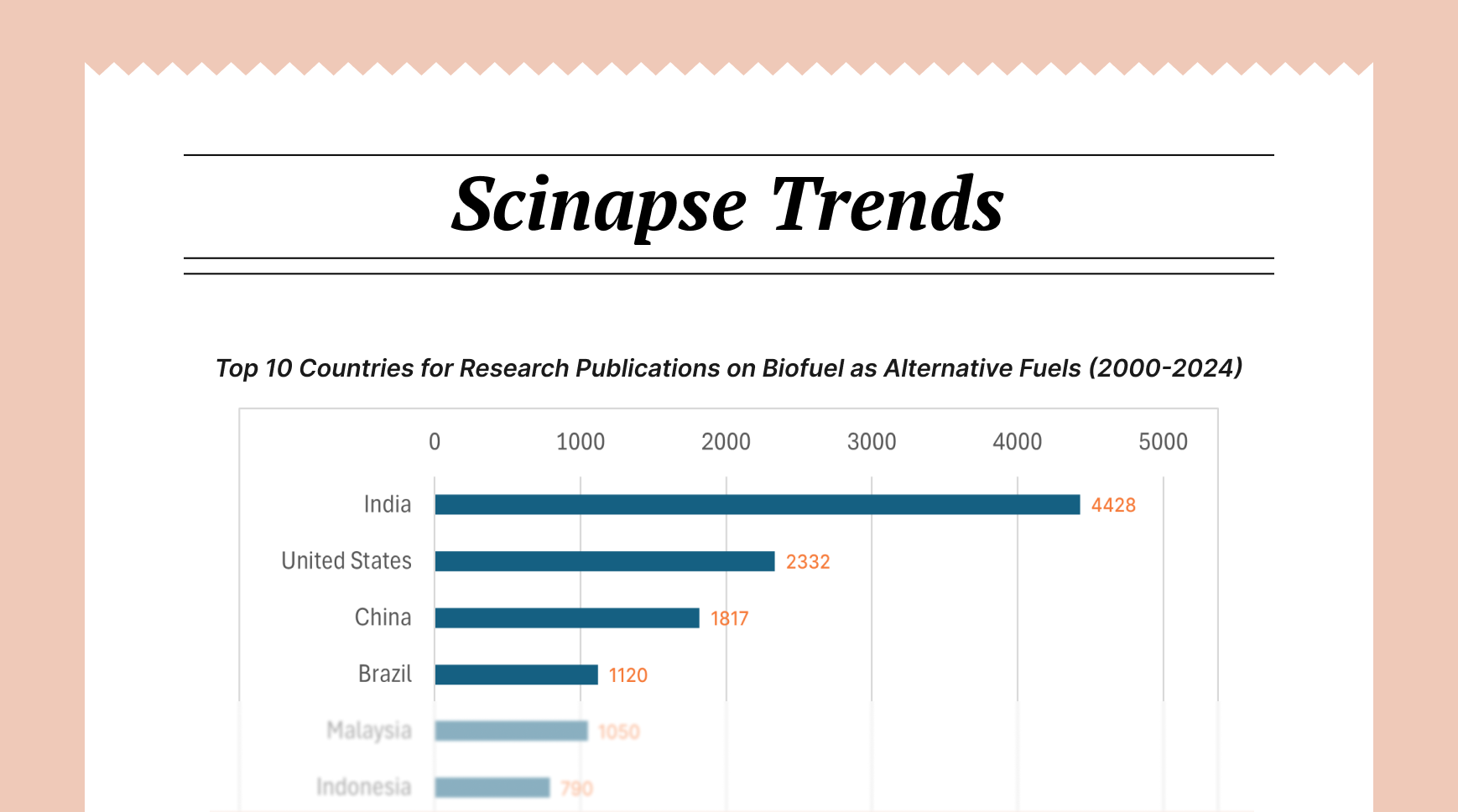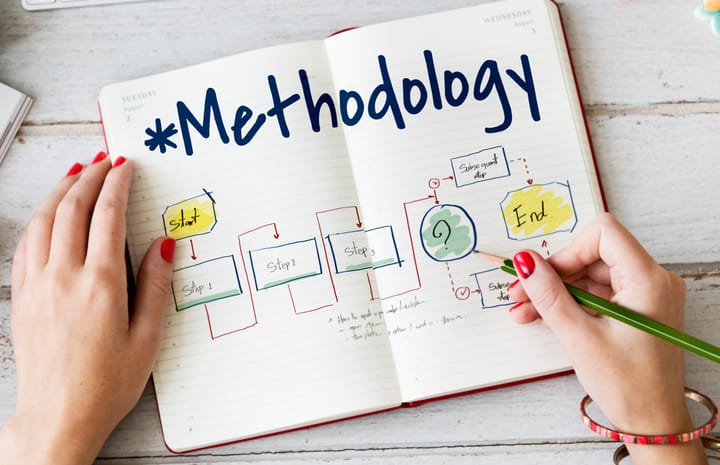How to Avoid Plagiarism in Literature Reviews

Literature reviews are written to demonstrate your understanding of existing knowledge while contextualizing your contributions. However, navigating the ethical complexities of properly synthesizing others' work presents significant challenges. This article provides comprehensive guidelines for creating plagiarism-free literature reviews that maintain academic integrity while effectively communicating scholarly insights.

Understanding Plagiarism in Literature Reviews
Plagiarism in literature reviews extends beyond direct text copying. It encompasses several forms that researchers must recognize:
1- Direct plagiarism: Copying text verbatim without quotation marks or citation.
2- Patchwork plagiarism: Stitching together phrases from multiple sources with minimal alterations.
3- Idea plagiarism: Presenting others' unique concepts or frameworks as your own, even when using different words.
4- Self-plagiarism: Reusing substantial portions of your previously published work without proper disclosure.
5- Accidental plagiarism: Unintentionally failing to cite sources or misattributing ideas due to poor note-taking or citation practices.
Literature reviews are particularly vulnerable to plagiarism concerns because they inherently involve extensive engagement with others' work. The challenge lies in synthesizing this material while clearly distinguishing others' contributions from your analysis.
Essential Guidelines for Plagiarism-Free Literature Reviews
1. Develop a Systematic Note-Taking Process
Maintain meticulous records during your research phase:
- Create separate fields for direct quotes, paraphrases, and your reflections
- Document complete citation information immediately
- Use color-coding or labeling systems to distinguish source material from your insights
- Record page numbers even for paraphrased content
- Consider using reference management software with note-taking capabilities
This systematic approach prevents the common scenario where researchers later cannot distinguish between their ideas and those from sources.
2. Master the Art of Effective Paraphrasing
Proper paraphrasing involves substantively transforming source material while preserving its meaning:
- Read the original passage and set it aside
- Write your version using different sentence structures and vocabulary
- Compare your version with the original to ensure sufficient transformation
- Include citation even when thoroughly paraphrased
- Avoid merely swapping synonyms or rearranging sentence elements
Example of insufficient paraphrasing:
- Original: "Quantum dots exhibit size-dependent optical properties due to quantum confinement effects."
- Poor paraphrase: "Due to quantum confinement effects, quantum dots show optical properties that depend on size."
Example of effective paraphrasing:
- Original: "Quantum dots exhibit size-dependent optical properties due to quantum confinement effects."
- Effective paraphrase: "Research demonstrates that the optical characteristics of quantum dots vary according to their dimensions, a phenomenon attributed to quantum confinement (Chen et al., 2022)."
3. Use Direct Quotations Strategically
Reserve direct quotations for instances where:
- The original wording is particularly impactful or precise
- You plan to analyze the specific language used
- The passage represents a seminal definition or concept
When quoting:
- Use quotation marks for exact words
- Include page numbers in citations
- Ensure quotes constitute a small percentage of your review (generally under 10%)
- Integrate quotes smoothly into your narrative with proper context
- Consider block formatting for quotes exceeding 40 words
4. Employ Transparent Attribution Practices
Develop clear attribution habits:
- Cite sources immediately following each borrowed idea
- Use attribution phrases that clarify whose perspective is being presented: "According to Smith (2021)," "Research by Wong and colleagues (2023) demonstrates..."
- Distinguish between widely accepted knowledge and specific scholarly contributions
- Acknowledge when synthesizing ideas from multiple sources: "Several researchers have identified..."
- Use citation patterns that show relationships between sources: "Building on Chen's work, Liu (2022) argued..."
5. Develop Your Critical Voice
Literature reviews aren't merely summaries of existing work; they should demonstrate your critical engagement:
- Compare and contrast different studies or perspectives
- Identify methodological strengths and limitations
- Recognize gaps, contradictions, or patterns across studies
- Analyze how different works relate to your research questions
- Structure sections around concepts rather than individual papers
When your review demonstrates thoughtful analysis rather than simple reporting, it naturally becomes more original and less prone to plagiarism concerns.
6. Utilize Plagiarism Detection Tools Proactively
Before submission, use plagiarism detection software as a final check:
- Academic platforms like Turnitin or iThenticate
- Free tools like Grammarly's plagiarism checker
- Subject-specific plagiarism detection services
Review these results critically, recognizing that:
- Some similarity is expected in academic writing
- Common phrases and terminology will show as matches
- Properly cited direct quotes will register as similar text
- Focus on addressing unclear attribution rather than eliminating all similarity
7. Conduct Multiple Review Cycles
Implement a multi-stage review process:
- First draft: Focus on content and organization
- Second review: Examine citation completeness and accuracy
- Third review: Check for proper quotation formatting and paraphrasing effectiveness
- Final review: Verify citation-text alignment (ensure every borrowed idea has attribution)
Consider having colleagues review your work specifically for attribution clarity, as others may more easily identify passages where source relationships are unclear.
Streamlining Plagiarism-Free Literature Reviews with Scinapse Review
Creating original, well-attributed literature reviews requires navigating vast amounts of research, a time-consuming process that can lead to accidental plagiarism through poor note management or incomplete attribution. Scinapse Review offers innovative solutions to these challenges through its AI-powered mini review generation capabilities.
How Scinapse Review Supports Plagiarism Prevention in Literature Review
Scinapse Review provides several features that directly address plagiarism concerns in literature reviews:
1. Efficient Source Exploration
Scinapse Review allows researchers to enter relevant keywords and generate custom mini literature reviews analyzing papers from the past five years. This approach helps researchers:
- Rapidly identify the most relevant sources rather than relying on a few easily accessible papers
- Gain exposure to diverse perspectives, reducing over-reliance on any single source
- Recognize the full landscape of research, making it easier to properly attribute seminal ideas to originators rather than secondary sources
2. Clear Source Attribution
The AI-generated reviews maintain transparent source connections:
- Each cited paper links directly to its Scinapse entity page for further exploration
- References are clearly organized and properly formatted
- The review structure distinguishes between different research threads and contributions
This clear attribution model serves as an excellent template for researchers developing their literature reviews with proper citation practices.
3. Focused Information Processing
Information overload often contributes to plagiarism issues—when overwhelmed by content, researchers may inadvertently incorporate ideas without proper attribution. Scinapse Review addresses this by:
- Presenting automatic summaries of key insights only
- Filtering out irrelevant papers to focus on essential findings
- Organizing information into coherent themes and research directions
This structured approach makes it easier to track ideas back to their sources and maintain proper attribution throughout the writing process.
4. Current Research Integration
Scinapse Review focuses on recent advances from the past five years, ensuring researchers engage with current discussions rather than outdated material. This recency helps:
- Identify the actual originators of ideas rather than just frequently cited papers
- Understand how concepts have evolved over time
- Properly attribute incremental developments to the appropriate researchers
By streamlining access to up-to-date research, Scinapse Review helps researchers avoid the common plagiarism pitfall of relying on outdated secondary sources that may themselves misattribute ideas.
5. Customized Research Focus
By allowing researchers to specify their exact keywords, Scinapse Review creates personalized literature reviews that align precisely with research interests. This customization helps:
- Identify niche contributions that might otherwise be overlooked
- Recognize interdisciplinary connections requiring attribution
- Understand specialized terminology and concept development, requiring proper citation
When researchers better understand their specific research landscape, they can more accurately attribute ideas to their proper sources.
Author: Uttkarsha B
- AI-Ethicist and STM Research & Publishing Expert
Never re-search again.
Scinapse is made by researchers for researchers.
Join the next generation of research at ⏯️ https://scinapse.io/
Pluto Labs
Pluto Labs helps researchers focus on their research by improving several inefficiencies in the academic research process. We offer data-driven insights from academic papers, allowing users to easily obtain review-level results for their desired range of papers.
https://pluto.im/





Comments ()